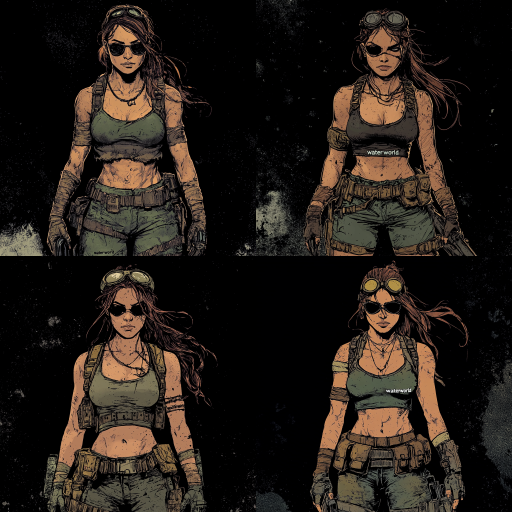Explore the Best AI Image Gallery

Artificially Imaginative: Unveiling the Fascinating World of AI-Generated Imagery
Unforeseen developments in technology often cause tectonic shifts across various sectors, and the creative industry is no exception. The latest revolution shaking the foundational pillars of this domain is the stirring introduction of AI-generated images; a new, exciting frontier at the intersection of art and artificial intelligence.
The Creative Boom of AI-Generated Imagery
Defined as digital images or designs created using algorithms and machine learning, AI-generated imagery is revolutionizing how we perceive and interact with visual content. This technology is breathing a fresh breath of innovation into various creative fields, including fine art, graphic design, advertising, and filmmaking, among others.
AI has transcended the traditional boundaries of creativity, introducing an interesting amalgamation of human creativity and machine precision. Artists using AI can generate visually stunning and highly detailed imagery that can be infinitely altered and customized, opening a new world of possibilities for digital creation.
Potential Uses of AI-Generated Imagery
The practical applications of AI-generated images reach far beyond the realm of traditional art. Industries such as fashion and architecture have embraced this technology to create intricate designs and realistic renderings. In the realm of film and gaming, AI can generate incredibly lifelike and detailed characters and landscapes, significantly enhancing entertainment experiences.
Ethical Dimensions
Despite its potential, the rise of AI-generated imagery does not come without its fair share of ethical concerns. As AI becomes more sophisticated, it raises questions about originality, authorship, copyright, and the devaluation of human creativity. Furthermore, there are concerns about 'deepfakes', where AI is used to generate deceptive imagery or videos with potential for misuse.
Looking to the Future
The future of AI-generated visual content appears boundless. With continuous advancements in machine learning algorithms and graphic processing technologies, the quality and variety of AI-generated images will only continue to increase.
Perhaps a time will come when AI will not just be a tool to create art but also a collaborator, contributing creatively to the process. The possibilities are endless, and as we continue to navigate this fascinating digital frontier, one thing is certain - the canvas of creativity has been forever changed by the brushstrokes of artificial intelligence.